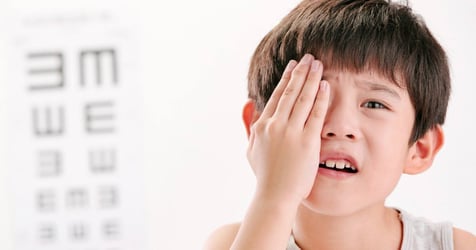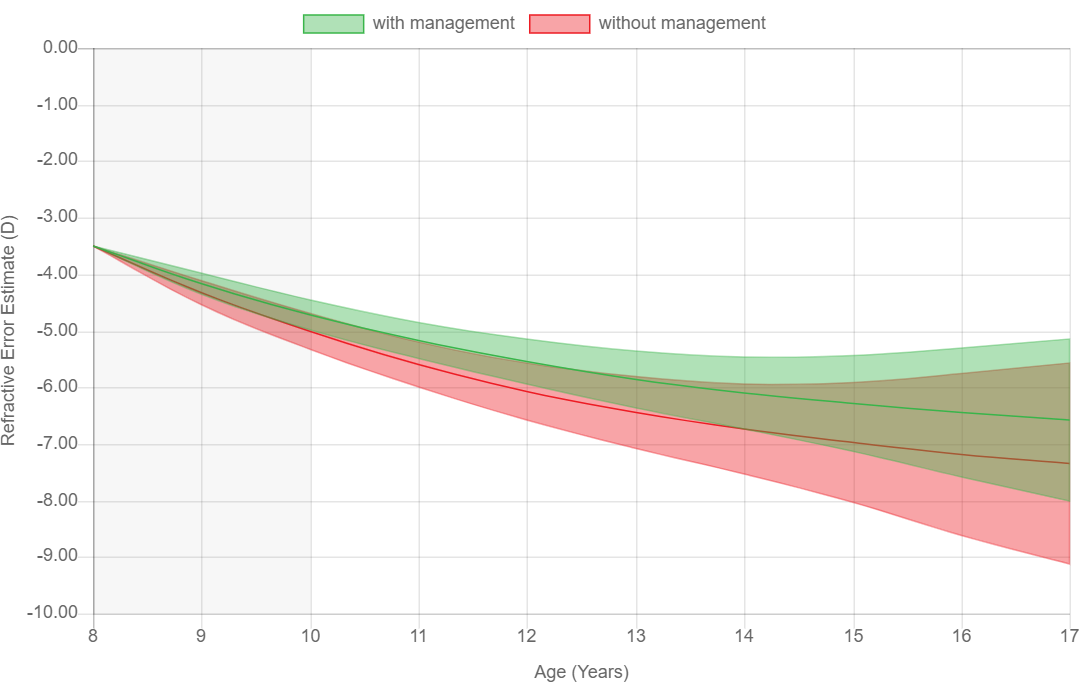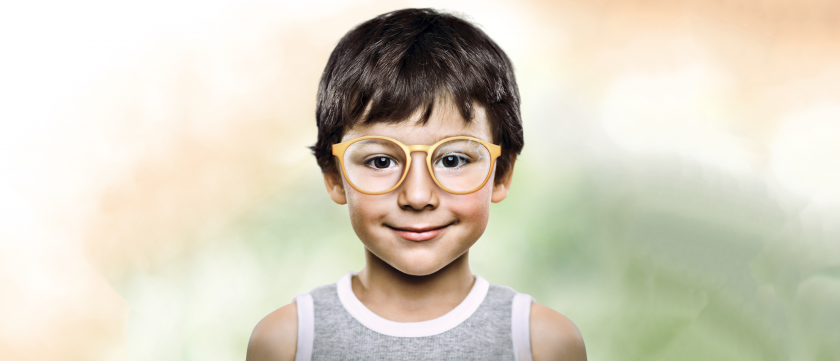Vision Screening for Children
The Health Promotion Board (HPB) provides vision screening as part of the health screening organize by schools annually to assess your child’s eyesight. The HPB started doing vision screening for primary school kids in a effort to combat myopia.
Even though it’s a good initiative, we believe the vision screening done by HPB is inadequate and parents should not simply rely on HPB’s vision screening to determine if their child’s eyes are good or not.
Your child will be asked to read off the chart to check how well they can see. If their vision is poor, they will be given a letter to see an optometrist for an eye exam to assess their prescription and whether they need glasses or not.

Why is vision screening needed for children
For children who never wear glasses before, they might not know what is blurry vision. Therefore, when parents ask their child whether they can see clearly, their child most likely will say yes.
It could also be a case whereby the child have anisometropia (the degree between the 2 eyes has a difference of -1.00 or more) and is relying on the better seeing eye unconsciously to see. Eg, a child only have myopia of -1.50 on his right eye. He will still be able to see clearly with both eyes uncovered as he is relying on his left eye.
Therefore, it is usually not detected until the child goes through a vision screening / eye exam.
Usually parents will only find out their child is experiencing blurry vision:
- through school’s eye screening or
- when they ask their child to read something at a distance and they can’t.
Thereafter, they will bring their child to an optical shop / hospital for an eye examination.
Vision screening allows us to pick up poor vision which could be due to refractive errors such as myopia, eye diseases or lazy eye (Amblyopia) even when your child did not complain of blur vision.
How often should eye screening be done for children?
Annual eye screening in school is not enough. Eye screening should be done once every 6 months instead of a year. This is because:
- Children usually don’t know they are experiencing blurry vision until being assessed
- Children has faster rate of myopia progression once it is onset, (children aged 7-8 years old has the fastest rate of progression)
Even if your child pass the school’s eye screening, before the next annual eye screening:
- myopia could onset or
- myopia increment in myopic children who already started wearing glasses.
When myopia onset, it can progress very quickly in children. According to research, when a myopic child does not correct or fully correct their prescription, their myopia will progress even faster.
Myopic children have faster rate of myopia progression. According to studies, children aged 7-8 years old have the fastest rate of myopia progression.
The table below shows a 8 year old child with -3.50D of myopia can progress to about -4.50D in a year’s time without myopia management (just normal single vision glasses). Also, as mentioned earlier, children usually don’t know they are experiencing blurry vision until being tested. Before your child’s next annual eye screening, his/her myopia could have already increased.

Therefore, children should have their eye screening once every 6 months instead of yearly. This allows early detection of poor eyesight which could be due to onset of myopia or myopia progression.
Is vision screening enough for your child?
We believe vision screening alone is not sufficient for your child. Vision screening only assess how well your child can see for distance.
Even if your child can see well for distance, it does not mean he do not require glasses. Instead of myopia, he could have hyperopia, a condition whereby he can see distance clearly, but near objects may be blurry.
For example, your child can have hyperopia of +2.00D but can still see clearly for distance (6/6). However, he will need glasses to see near clearly and comfortably.
Other than refractive errors, your child can also have binocular vision disorders (both eyes cannot work smoothly together) or strabismus (misalignment of the eye) which might not be picked up through vision screening.
Why is Children’s Eye Exam important
In children eye exam, other than checking distance vision, optometrists also assess your child’s near vision, how well their eyes move together, whether can they focus at near objects, whether their eyes are aligned and eye health.
Through a children’s eye exam, we can detect any underlying binocular vision disorders, strabismus, eye disease and refractive error which can be missed out during vision screening. These eye conditions could affect their school performance and safety. Hence, it is important for your child to have an eye exam.
Children’s Eye Exam @ Evershine Optical
It is recommended for children to check their eyes once every 6 months. At Evershine Optical, we provide comprehensive children’s eye examination. Other than checking their prescription, our optometrists also check if your child has lazy eye (amblyopia), strabismus, whether your child can focus on objects at a near distance and eye health.
Book an appointment with us or whatsapp us at +6588461234 for a children’s eye exam for your child.

